petrochemist
TPF junkie!
- Joined
- Mar 9, 2014
- Messages
- 1,873
- Reaction score
- 608
- Can others edit my Photos
- Photos OK to edit
Doesn't ISO in digital just increase the gamma? That's how it seems anyways.
No, it turns up the amplification before the A/D conversion.
As the A/D converters used in cameras are typically 16bit precision or less, while the output from the sensor is analogue (it's actually quantized at the photon level, but in most photography there are so many photons recorded this is effectively continuously variable).


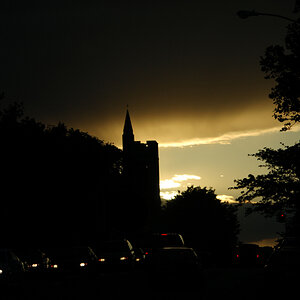
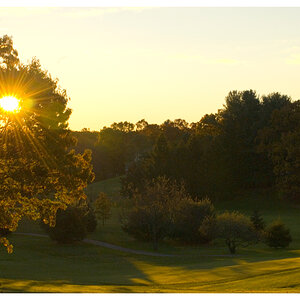

![[No title]](/data/xfmg/thumbnail/32/32158-8de1a90710a58144b47a0cee83a6c820.jpg?1619735234)
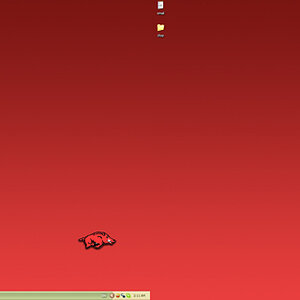
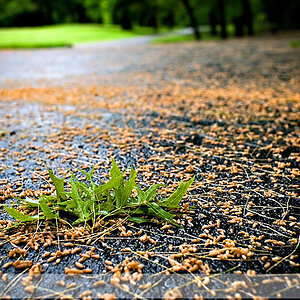
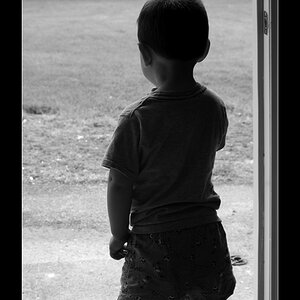
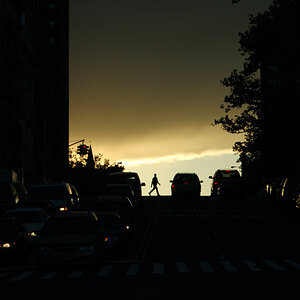

![[No title]](/data/xfmg/thumbnail/41/41778-1940e957c27e1919c300dfedbc32d1c3.jpg?1619739889)
![[No title]](/data/xfmg/thumbnail/35/35867-0c74c728d92f908264af585fd93bd36c.jpg?1619737194)
![[No title]](/data/xfmg/thumbnail/32/32004-4455324f0b4b5cc318dd35877147ac47.jpg?1619735148)